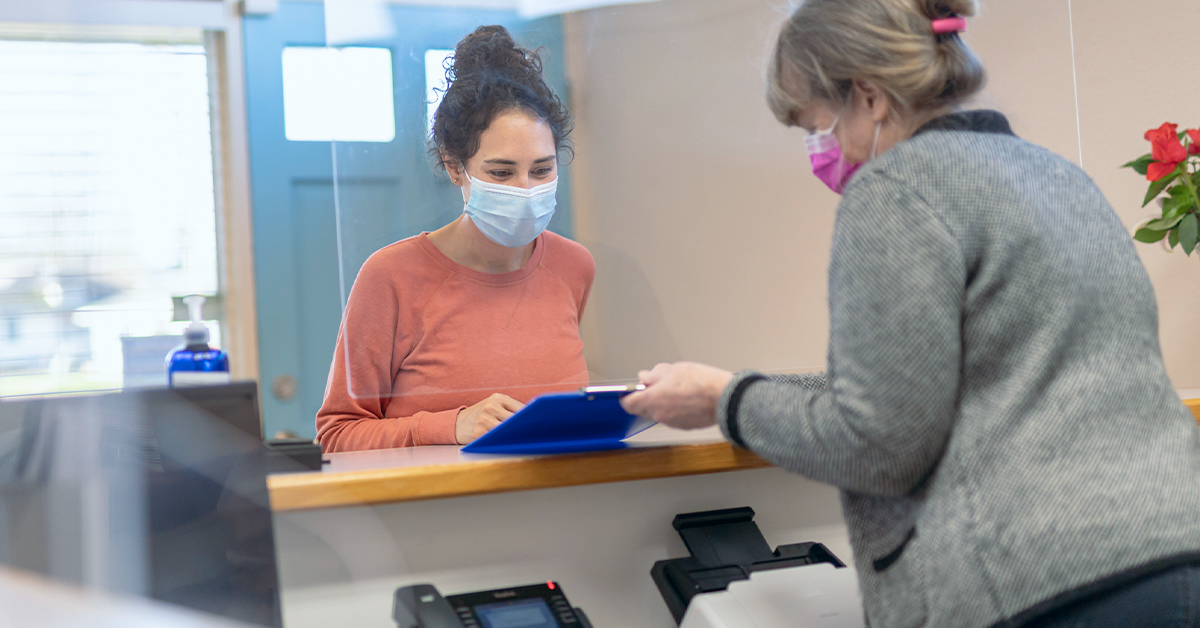
A great deal has been written about patient-centered dental care. Jill Malson, key accounts manager with Patterson Dental, describes it as “the conversations, the conveniences, huddles and decisions the practice makes about equipment purchases, new procedures, protocols and policies … everything that goes into running the business has a true focus on benefiting the patient.”
The patient schedule is a focal point when creating and managing a patient-centered practice because it allows you to streamline workflow for the benefit of the patient and the practice. If you want to create a strong, productive patient base that understands the urgency and value of their appointment, consider these nine tips when creating your patient-centered schedule.
1. Appoint a dedicated scheduling coordinator
“I can’t express enough how important this position is,” Malson says. When several staff members are scheduling patients, accountability can be lost. With one person overseeing the daily and weekly schedule and then collaborating with the rest of the team, the practice can manage patients more efficiently. The scheduling coordinator will have a bird’s-eye view of the process and can work with the rest of the team to fill openings or understand why a patient wasn’t rescheduled.
In addition, the practice should make it easy for patients to make and confirm their dental appointments. Confirmation phone calls can be difficult for patients to take during the day. Instead, use a text message or email confirmation system that makes it easier for patients to follow through on the confirmation, thus making your patient schedule more reliable. Phone calls should be used when no response is received from the text or email. A dedicated scheduling coordinator will help ensure all the necessary steps are in place to support a solid patient schedule.
2. Use your insurance coordinator wisely
Insurance coordinators manage insurance verification, pretreatment estimates and insurance submission for the practice. Patients who haven’t scheduled larger treatment plans could be waiting to see how insurance is going to cover their procedure. They receive the same pretreatment estimate the practice receives, but they often don’t understand how to read it. Reaching out to help the patient understand the information and to get them scheduled for treatment reminds them that they’re important to the practice and helps them maintain their oral health.
Insurance verification is another area of opportunity. A verification is completed for every patient being seen in the practice and can be a solid way to identify other treatment opportunities for patients on the schedule. Malson uses fluoride treatment for adults as an example: “Most adults have recession, and a professional fluoride treatment provides protection to those exposed areas. Many patients assume it’s not a covered procedure by insurance, thereby passing on this elective fluoride treatment. The insurance coordinator who’s also focused on the patient will identify when treatment is covered and communicate that to the hygienist and patient. It’s a win-win for all involved.”
3. Fill last-minute cancellations effectively
Last-minute cancellations happen in every practice and turning them into a filled chair requires a certain amount of finesse. Don’t be afraid to call your scheduled patients to see if they can come in early. Your message is very important here. Train your team to deliver a patient-centered message so the patient will feel important and top of mind with the doctor, which builds trust and longevity. Malson offers two versions of a call to a patient:
- “Hi, Mrs. Smith. Dr. John has an opening in the schedule today and we want to see if you can come in and get your fillings completed on the lower right side before your cleaning today. Does 2:00 work for you?”
- “Hi, Mrs. Smith. Dr. John was reviewing your chart today and he asked that I reach out to you. Before your cleaning today, he’s able to take care of your fillings on the lower right side so they don’t get any bigger or cause more costly and painful problems. Does it work for you to come in at 2:00 today and see him before your cleaning?”
The first message sounds like you’re filling a hole in the schedule, whereas the second message sounds much more focused on the patient’s oral health.
Malson also recommends looking out into the week to fill a cancellation today. “If you had a 10:00 appointment cancel and it’s currently 8:00, use your schedule as a resource,” Malson explains. “Call the patient scheduled for 10:00 the next day who you know has a flexible schedule to see if they have time to come in today.” The practice is doing the work of filling the open appointments, but the process is patient-led. “Go through the patient charts and look for opportunity gems,” Malson says. “Is anyone behind on their cleaning? Can they come in a little earlier or stay a bit later after their restorative treatment?” Some team members may be hesitant to make calls to reschedule patients, but if you’ve fostered a patient-centered practice using these tools, patients will view the call in a positive light.
4. Be open to same-day dentistry
This is a true game changer for patient satisfaction and productivity. Patients appreciate the offer of convenience. “If a patient presents to you with an issue and you have time in your schedule to perform treatment that day, offer it,” Malson says. Patients have already taken time out of their day to visit your practice and will value the opportunity for same-day dentistry. In the end, they will tell their family and friends about their positive experience and there is nothing more valuable than the referral of a friend or family member.
Reaching out to patients who have not scheduled treatment emphasizes the practice’s concern for their health.
5. Follow up on outstanding treatment
Every practice has a list of patients who haven’t scheduled treatment that was discussed at a prior visit. Patients get busy and often forget to schedule their procedure, especially when the tooth is asymptomatic. The treatment coordinator in the practice should have a structured follow-up system in place to engage patients and ensure they get scheduled. We know decay doesn’t go away on its own and what might require only an occlusal filling now, might involve more costly and extensive treatment in six months. Reaching out to patients who haven’t scheduled treatment – and explaining the importance of making that next appointment – emphasizes the practice’s concern for their health.
6. Use your short call list
Most practices have a list of patients who’ve told the front desk team that they’d like to be called if an earlier appointment becomes available. But how often do practices actually use the list? When patients have expressly asked to be called but aren’t, they may wonder if you truly use the list. Malson says the list has many names based on your practice management software and recommends using it as a resource for filling canceled appointments. Patients will appreciate that you paid attention to their request and reached out.
7. Pay attention to your new patient retention rate
Malson emphasizes that practices should be attentive to the retention rate of all patients, but that new patients are especially critical because they haven’t yet built a relationship with the care team that leads to loyalty. Patients who’ve been with the practice for several years have already experienced your care and expertise. New patients who’ve seen you only once or twice will need time to achieve the same level of trust and loyalty, so pay close attention to them.
8. Understand the impact of appointment time
Every practice manager should spend some time walking through the office and listening to what’s happening in the operatories and consultation rooms. Are doctors and clinical staff making the best use of patient time? Can another clinical team member cover some of what the doctor is covering, so the doctor is freed up to see additional patients? Ask questions, spark conversation and talk about the movement within the schedule to ensure your schedule flows efficiently and productively.
Properly managing appointment lengths is a bit of a balancing act. With each patient appointment, you want to allow enough time to ensure the patient doesn’t feel rushed, yet not too much time that could potentially be wasted instead of scheduled for another patient. The smallest tweaks can make a difference. Even a five-minute time savings across five or six patients can provide opportunity for another procedure to be completed. More appointment availability for patients, more production for the practice. Malson, who has previously managed general dental, periodontal and oral surgery groups, has helped practices streamline their patient appointments to increase productivity and the number of patients seen each day while also ensuring each patient still received quality time and care.
9. Introduce new procedures and invest in technology
Patients trust you and your practice. Providing additional treatment options via new pieces of technology and procedures opens the door for patients to acquire more of their needed treatment in your practice. Not making those investments may mean patients are referred out for services they require. When Malson worked in oral surgery, she brought in same-day implant placement, digital impressions and All-on-4 procedures for patients in need of more extensive implant-retained treatment. This meant patients benefited from fewer visits and additional treatment opportunities in the practice they’d grown to trust.
– – –
This article originally appeared in Advantage by Patterson Dental.


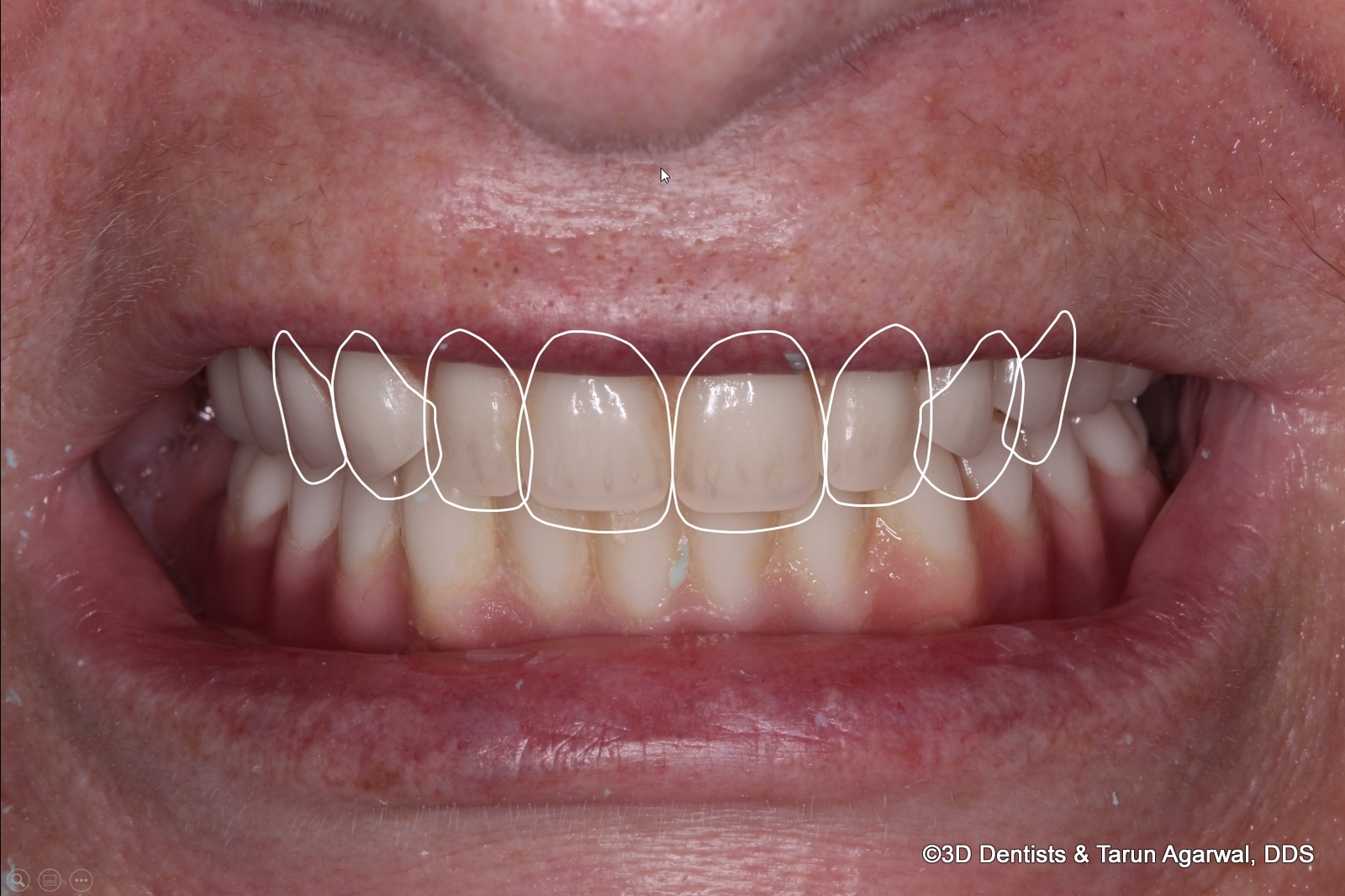
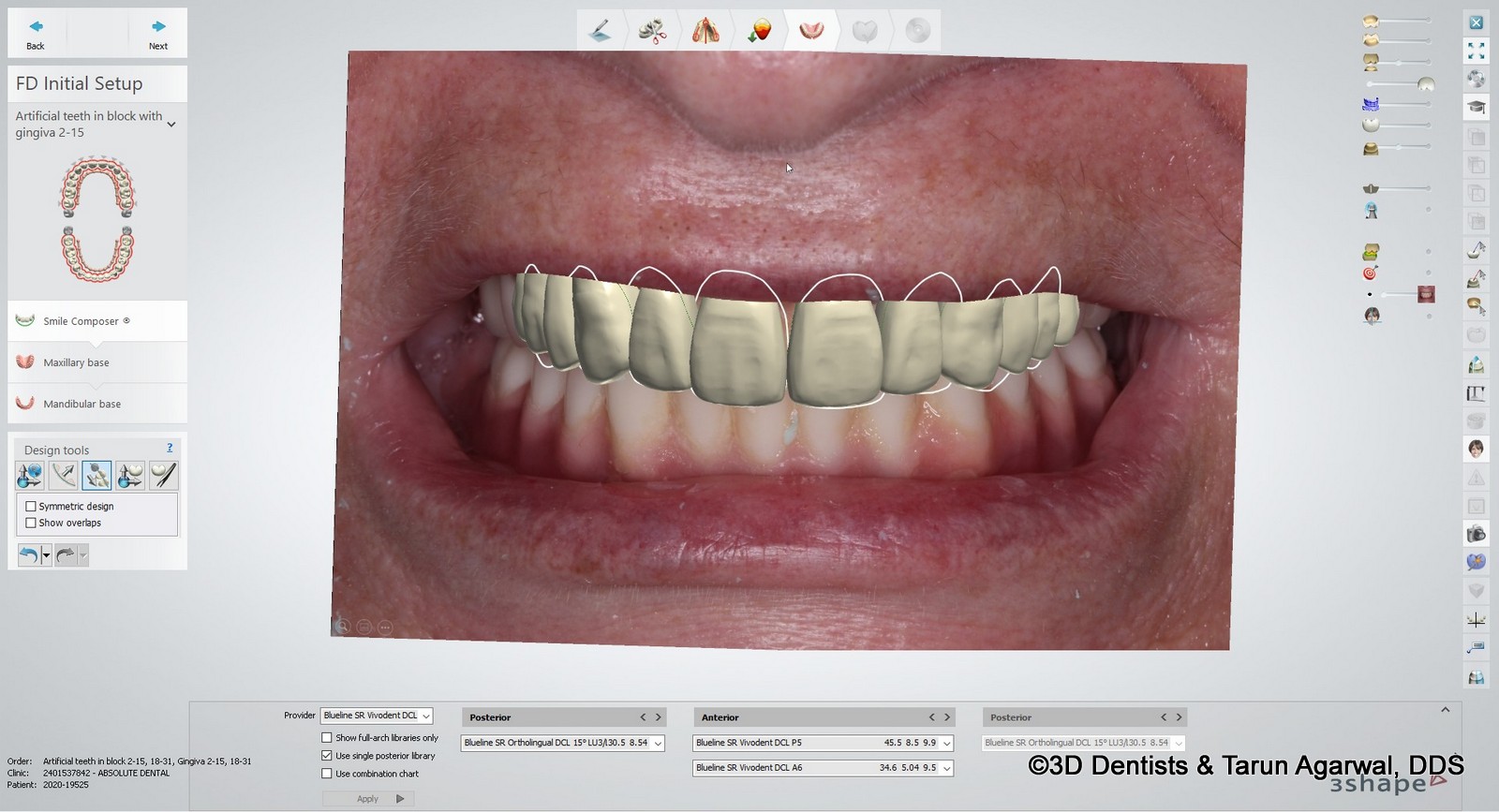

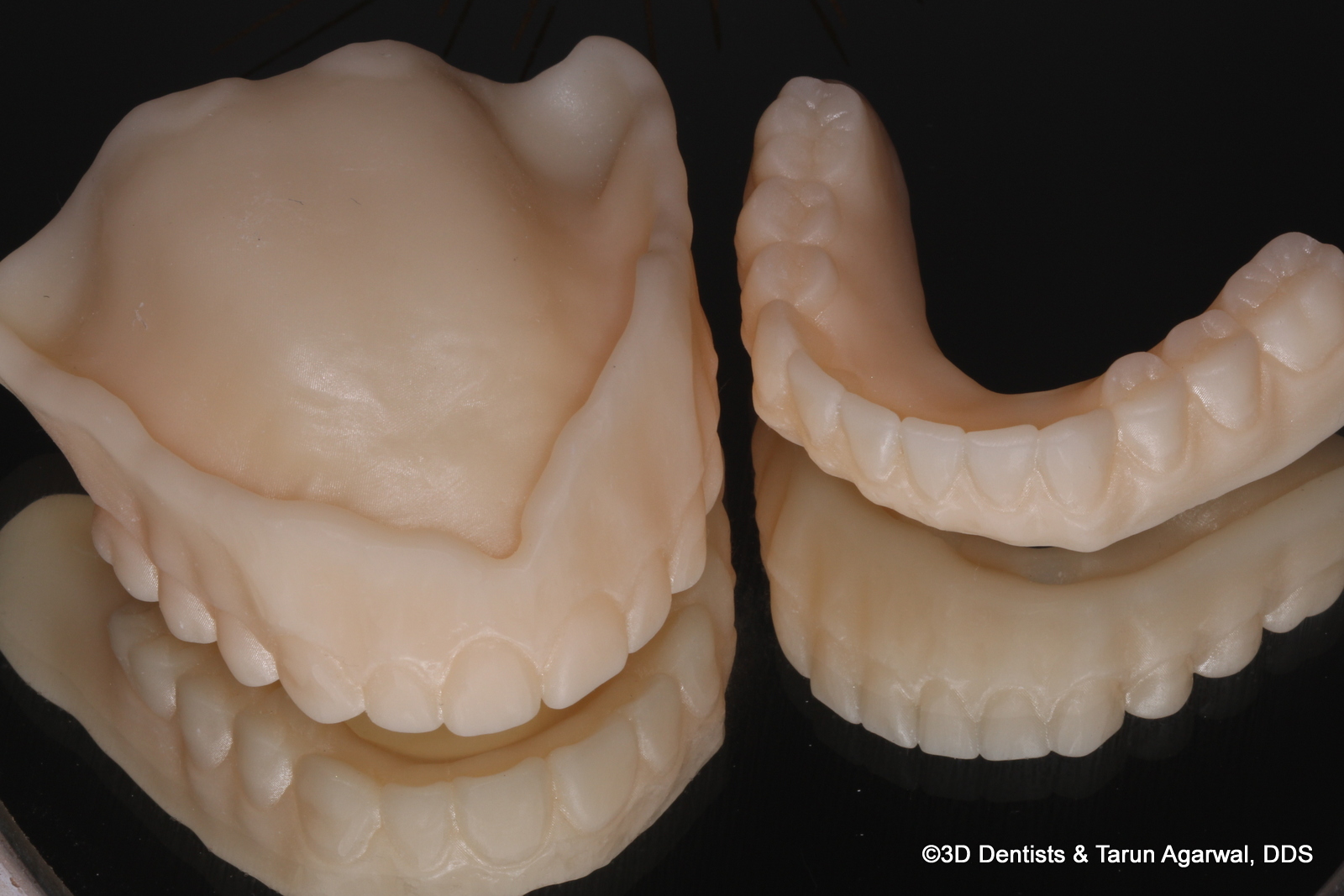
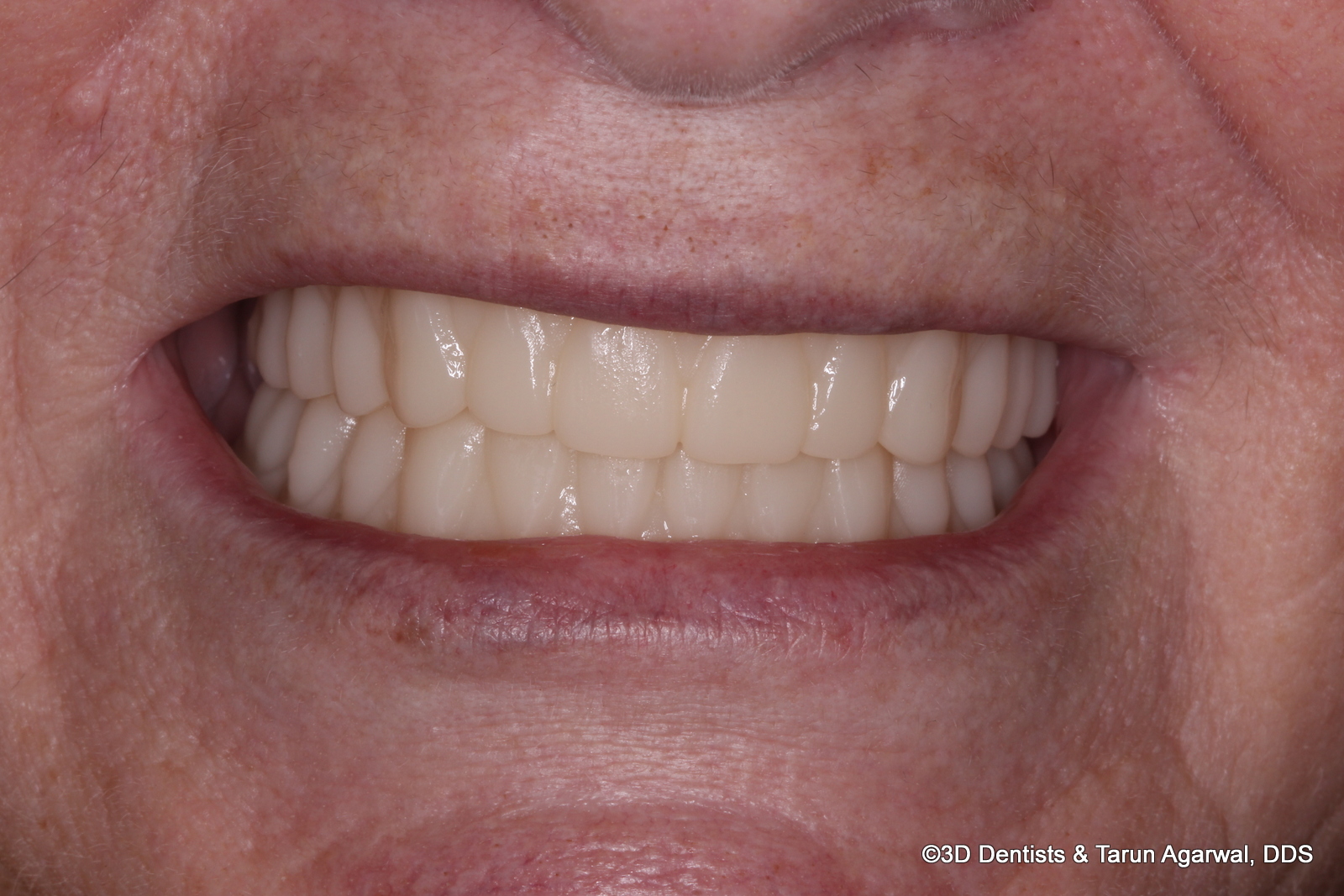
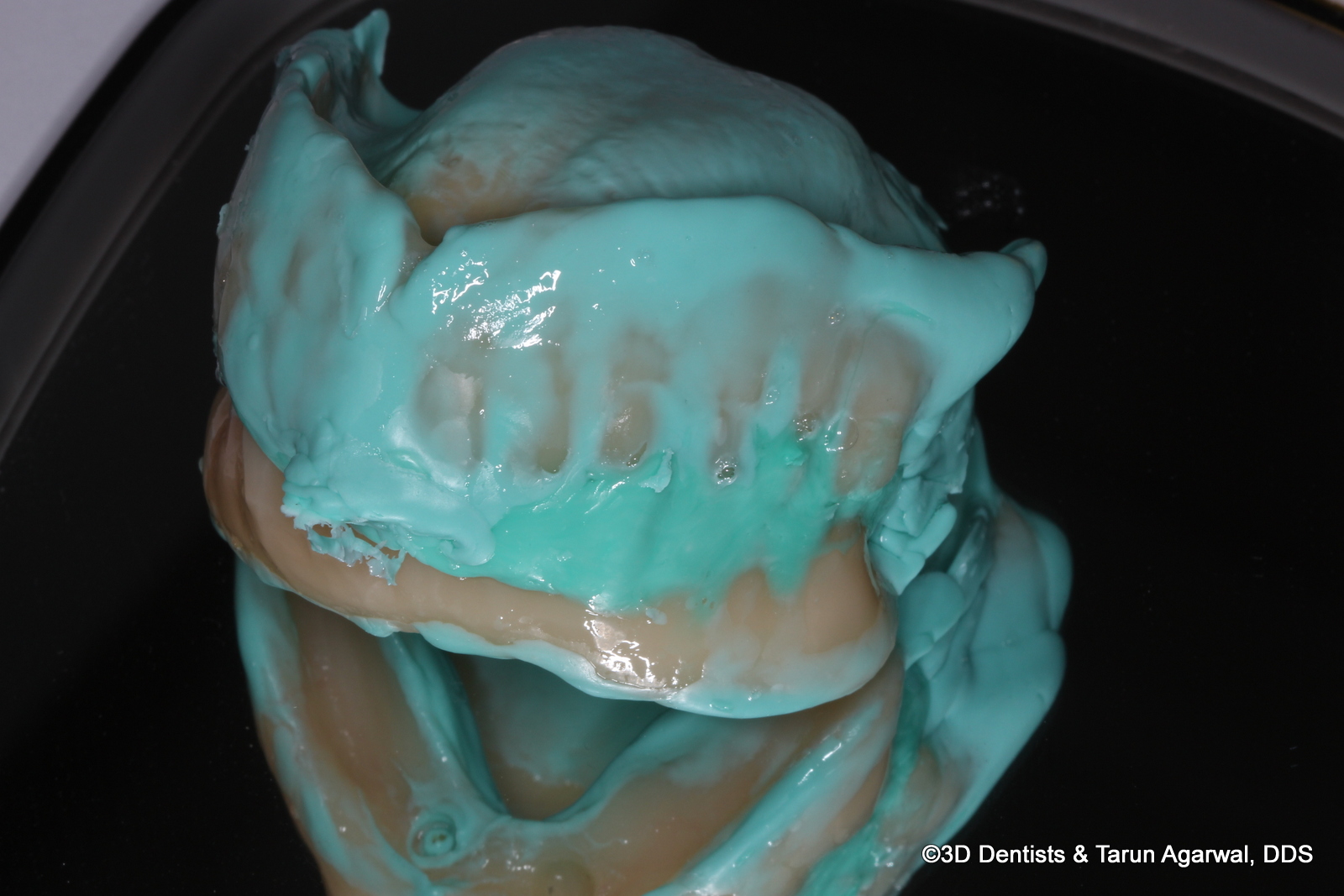


Recent Comments